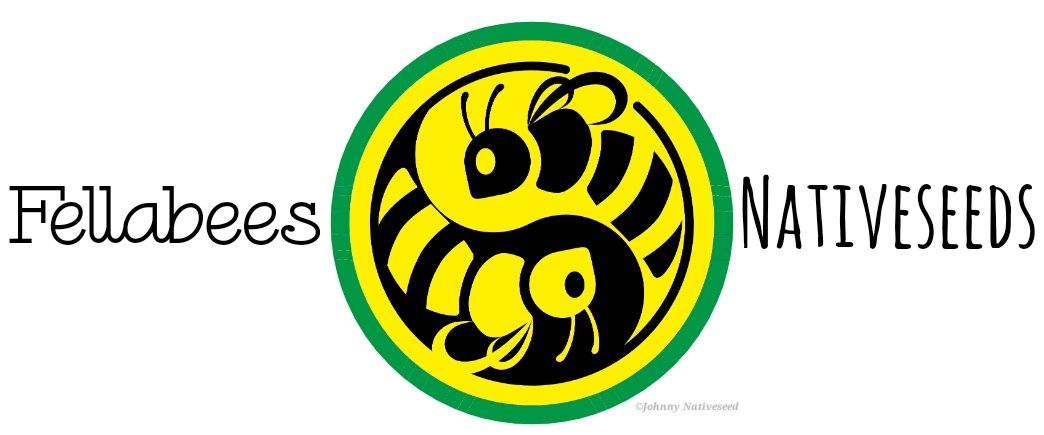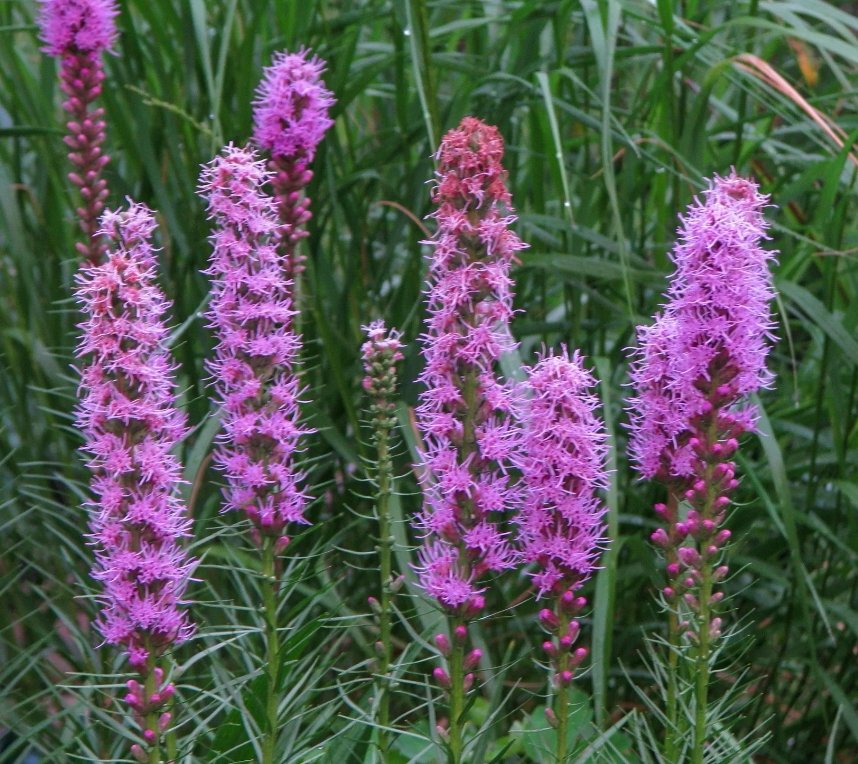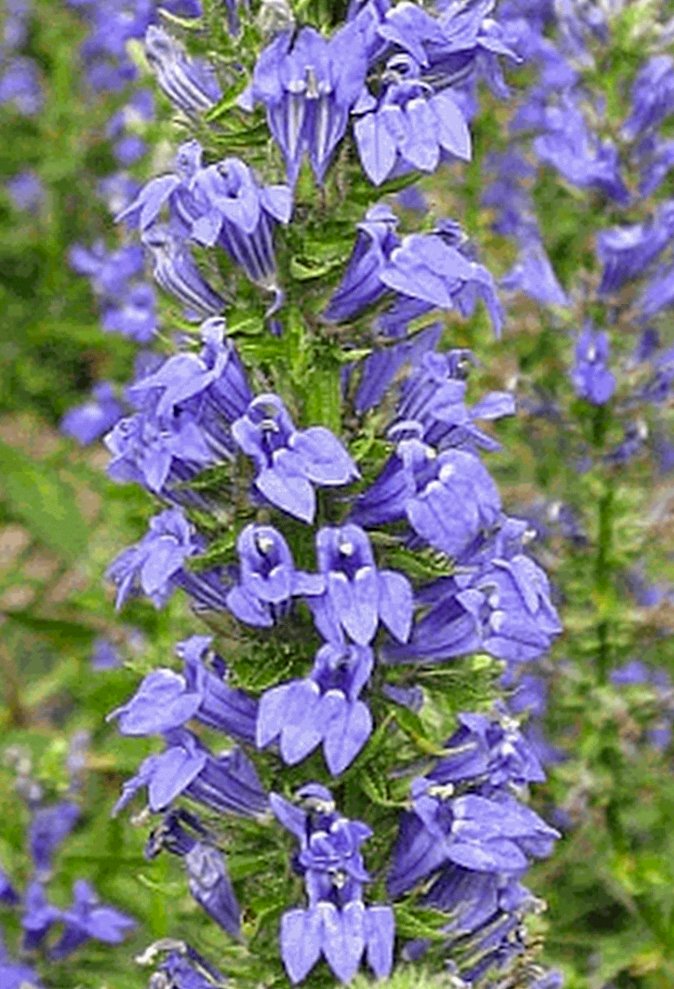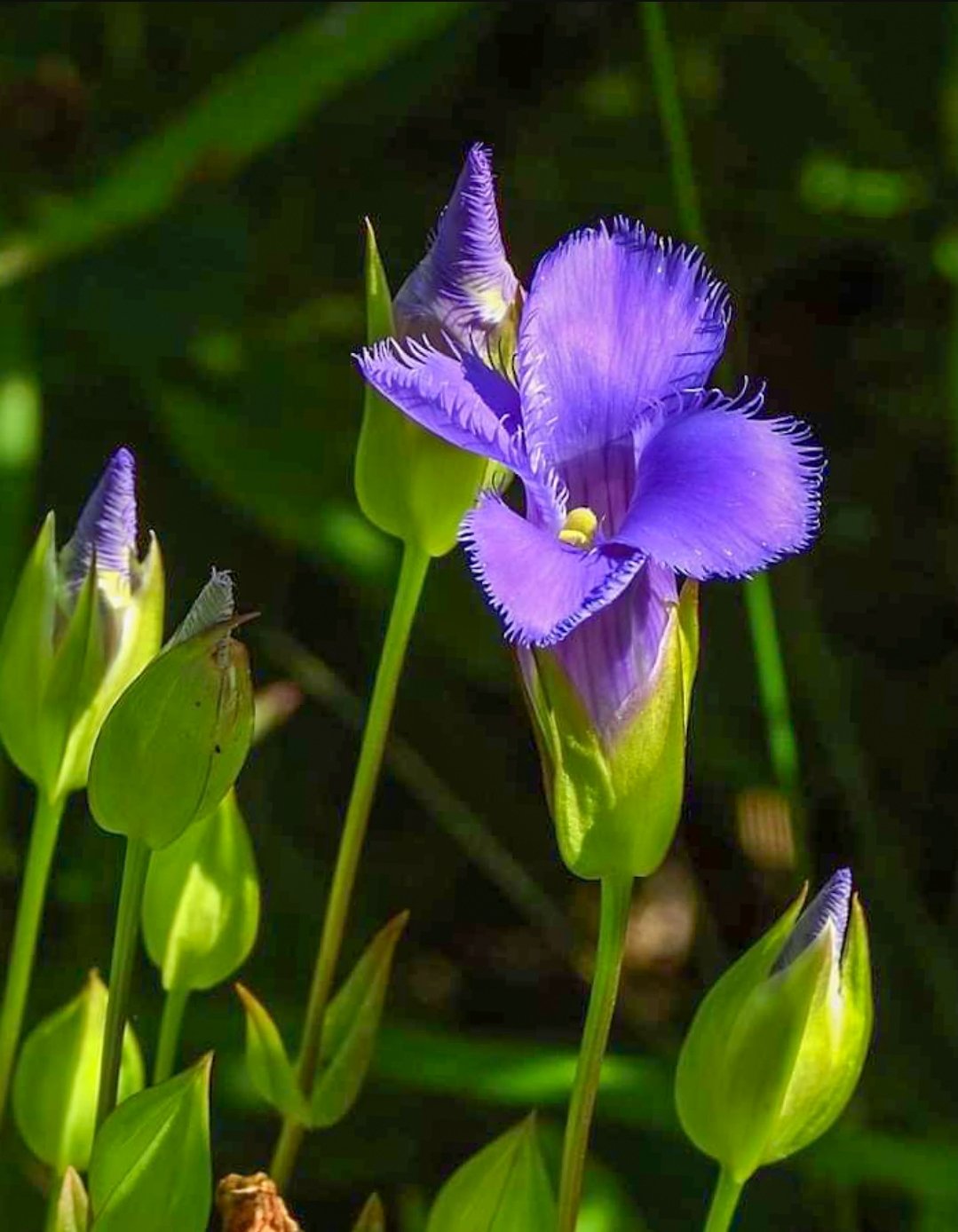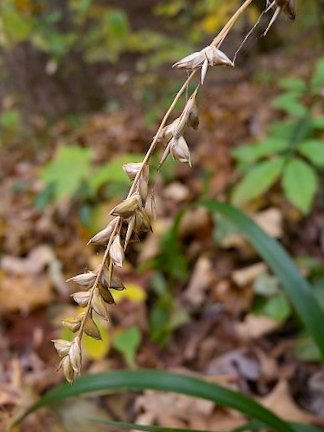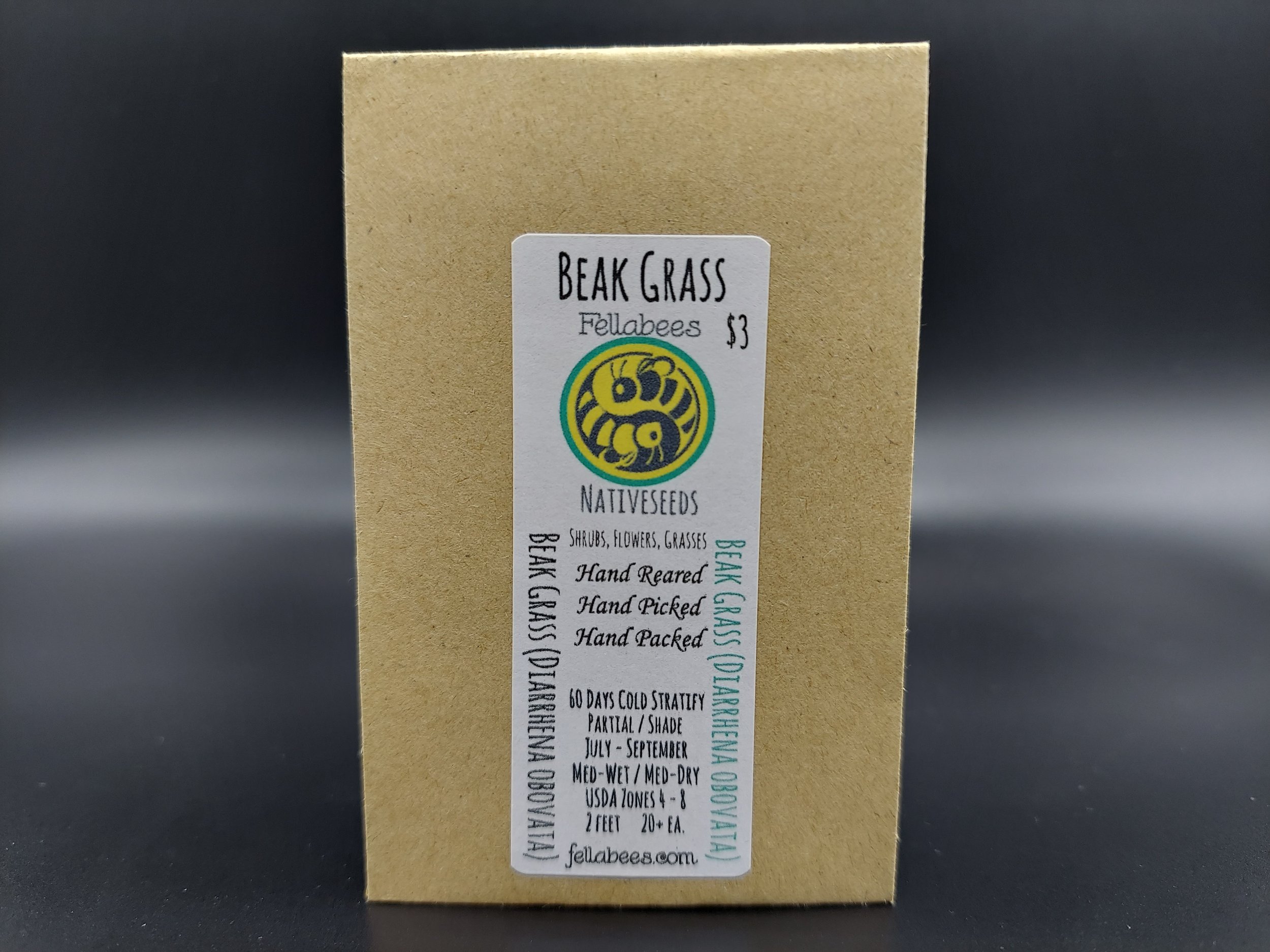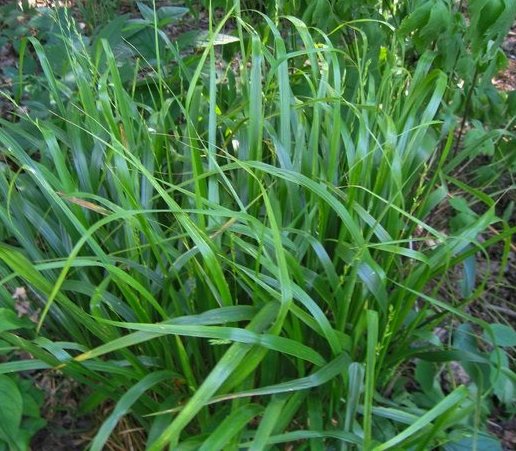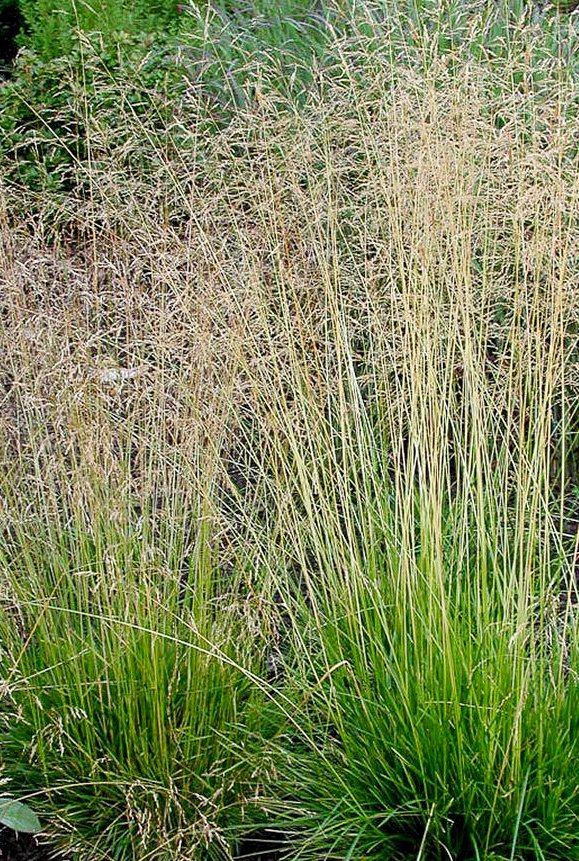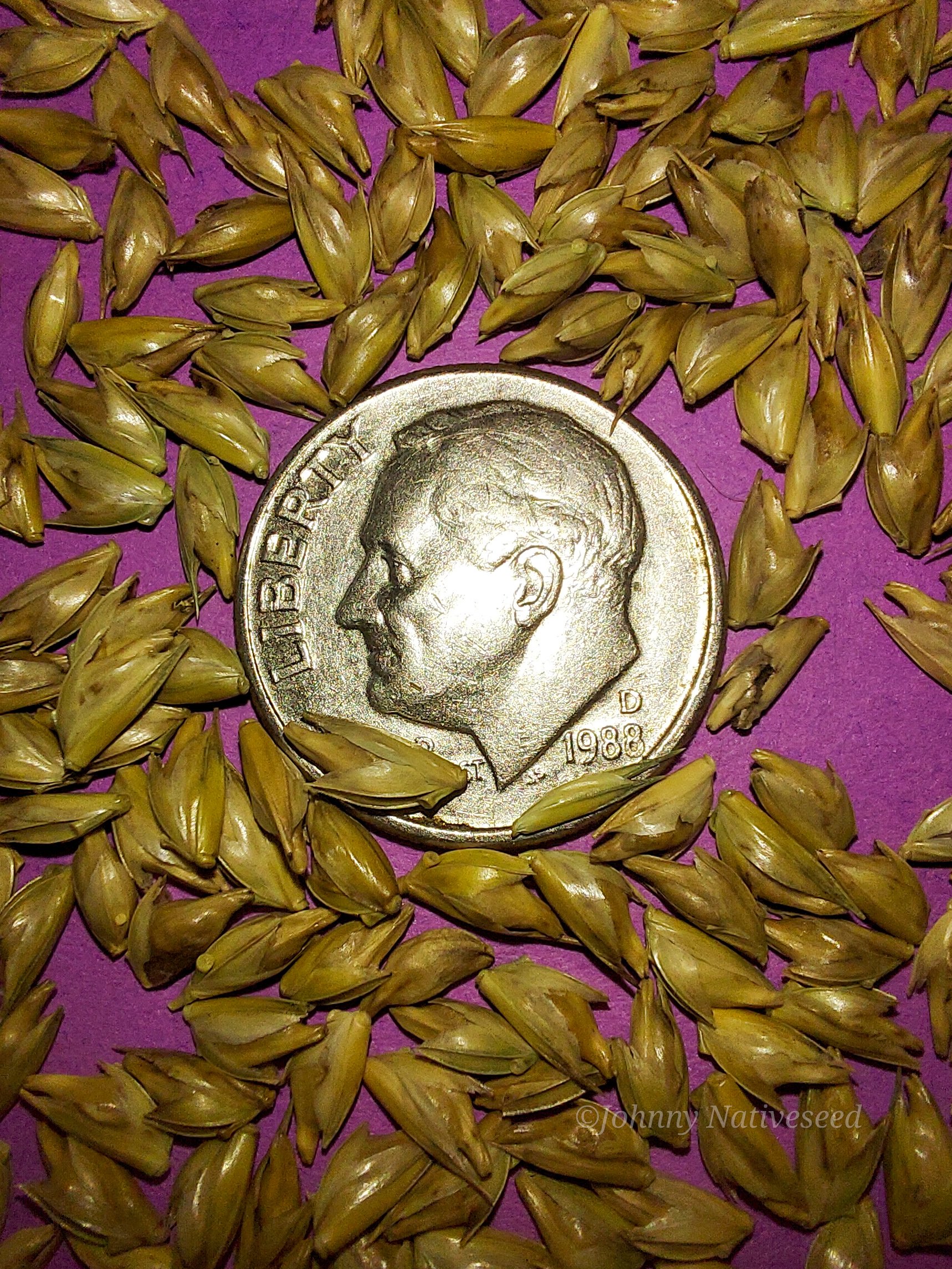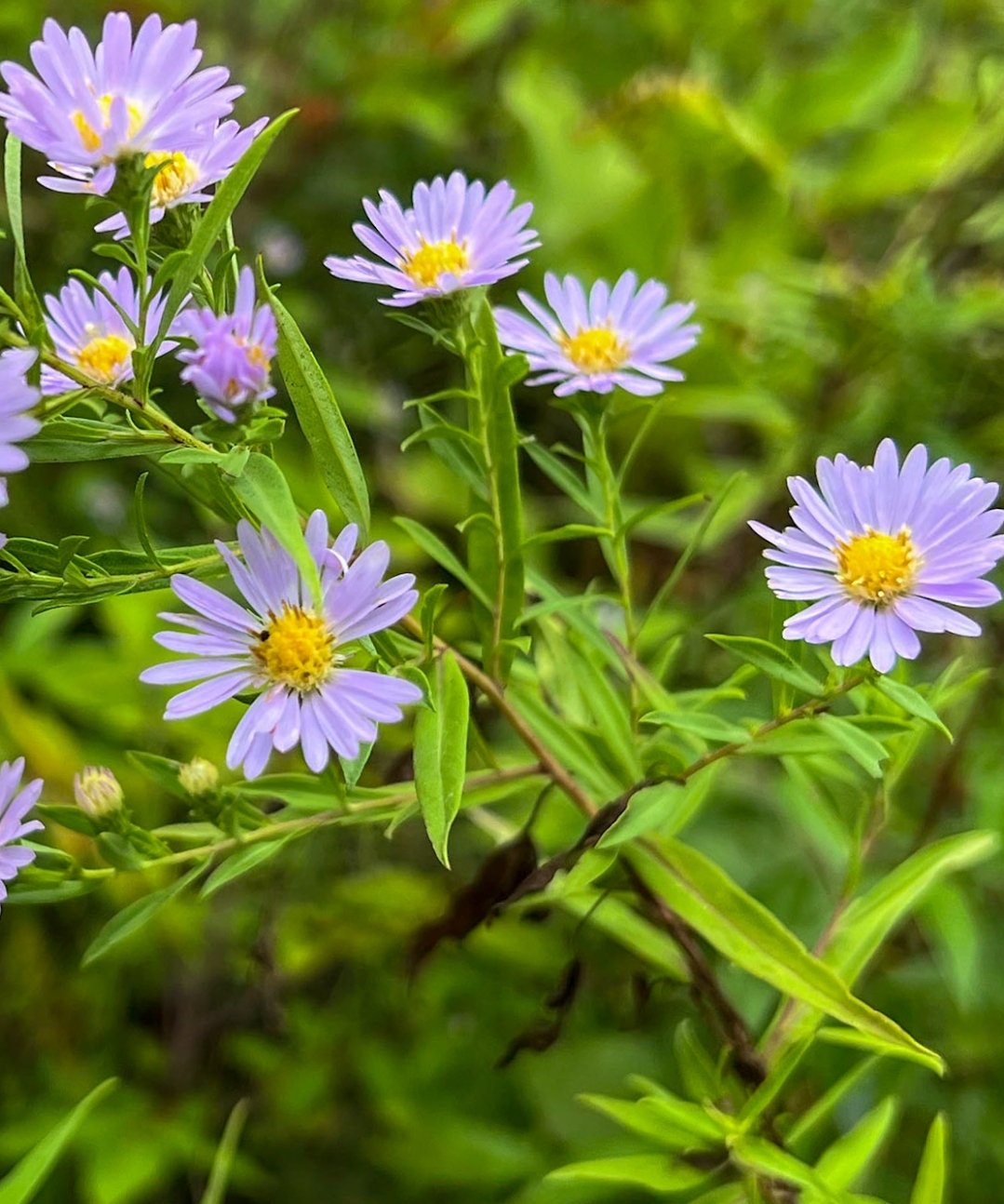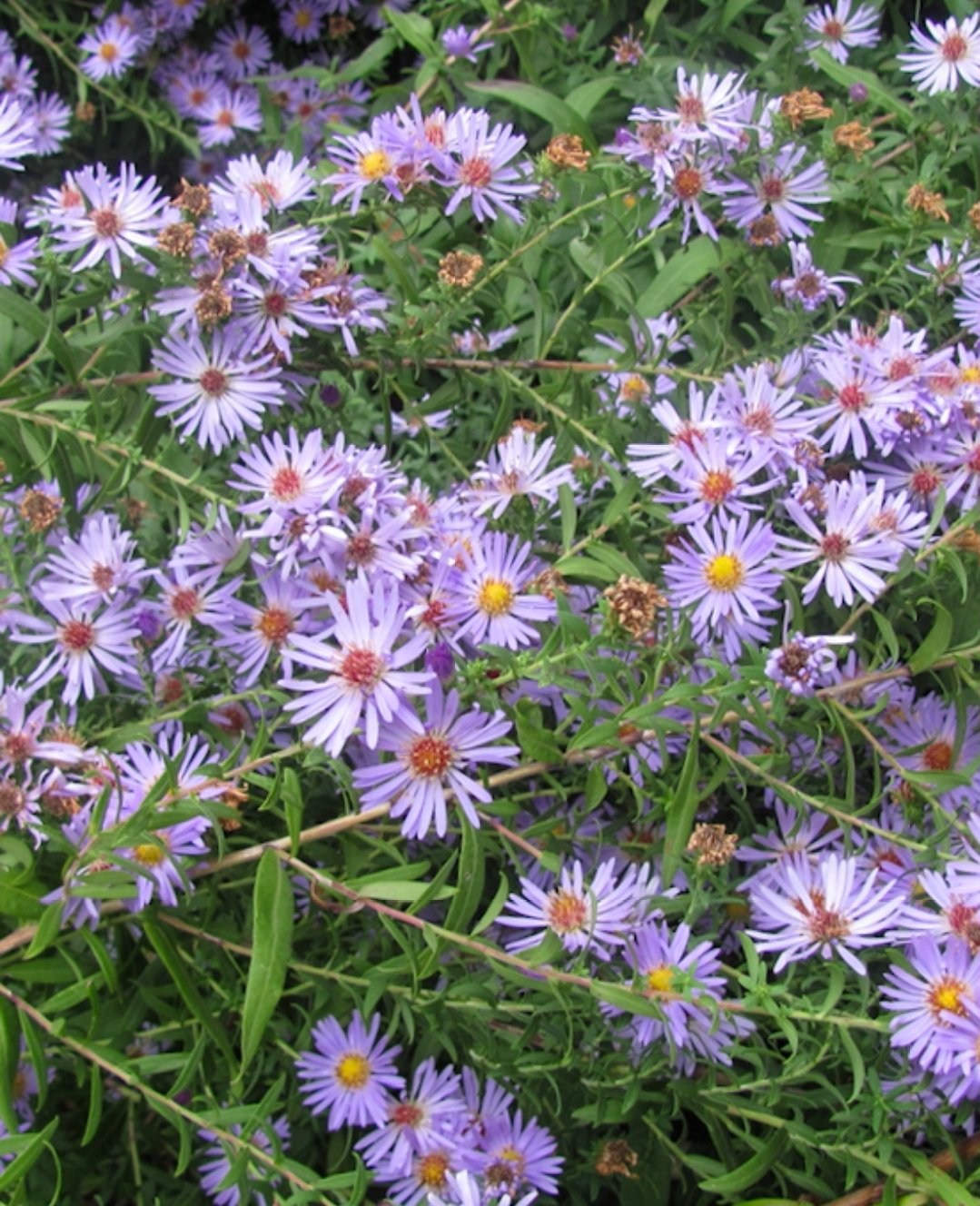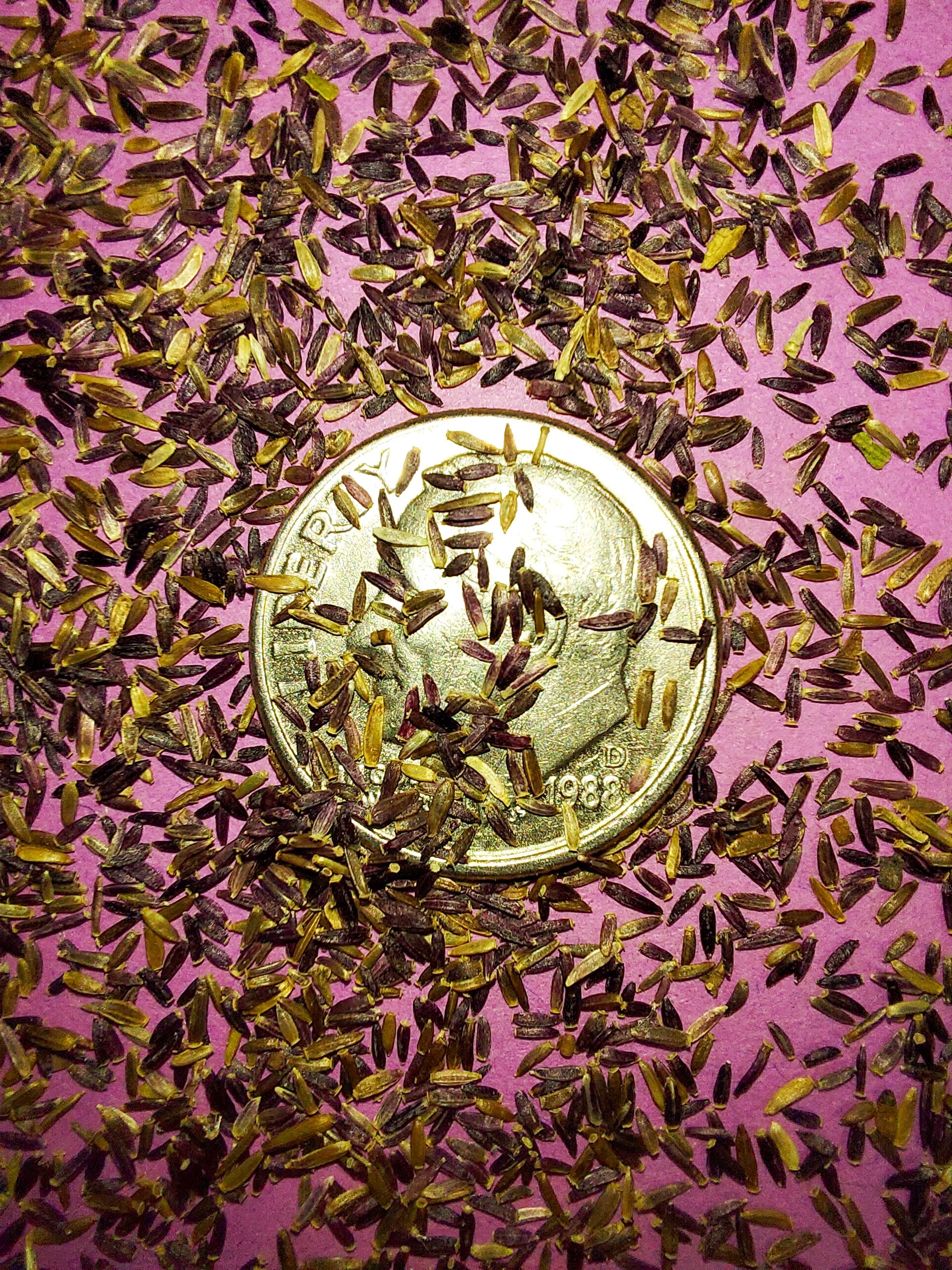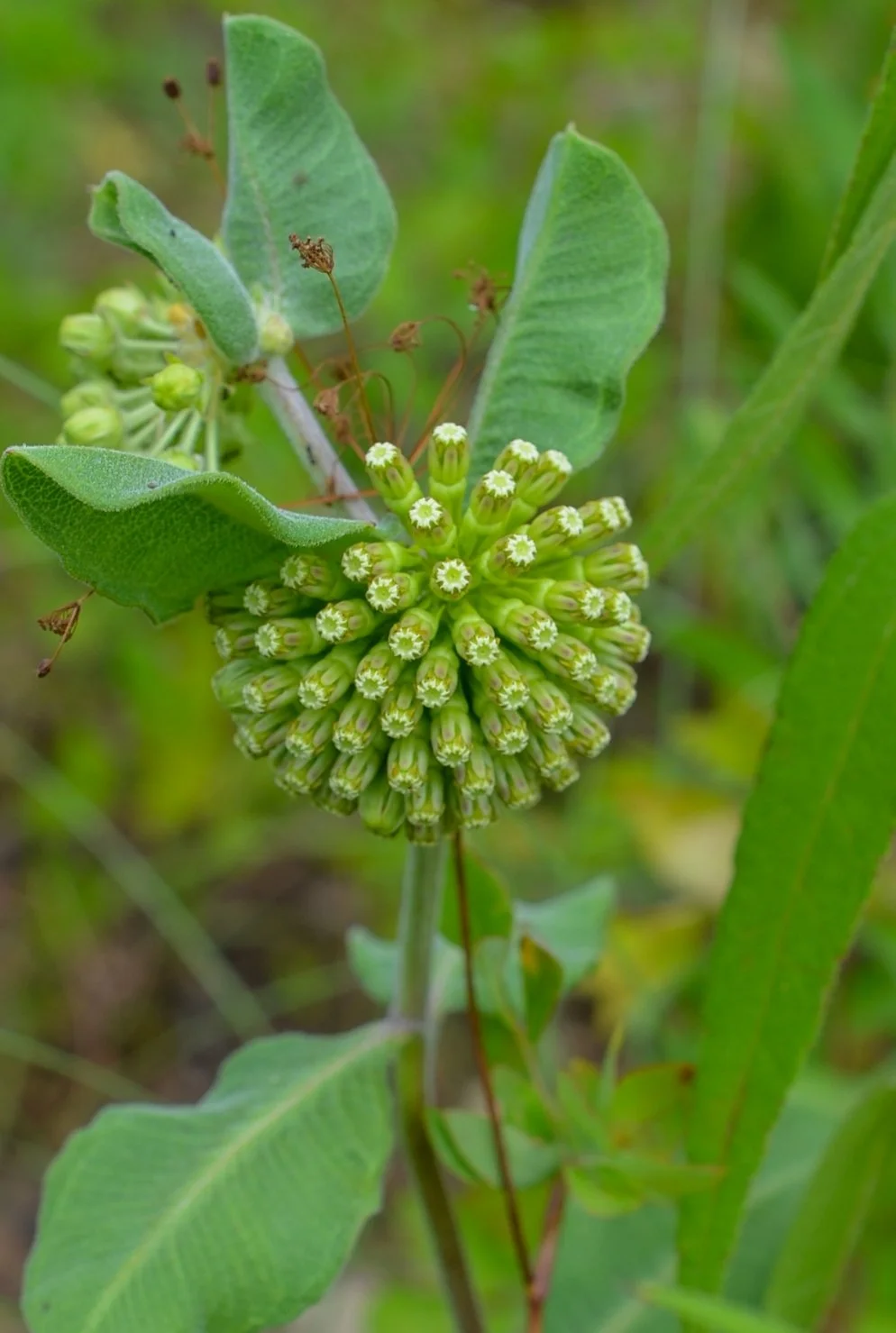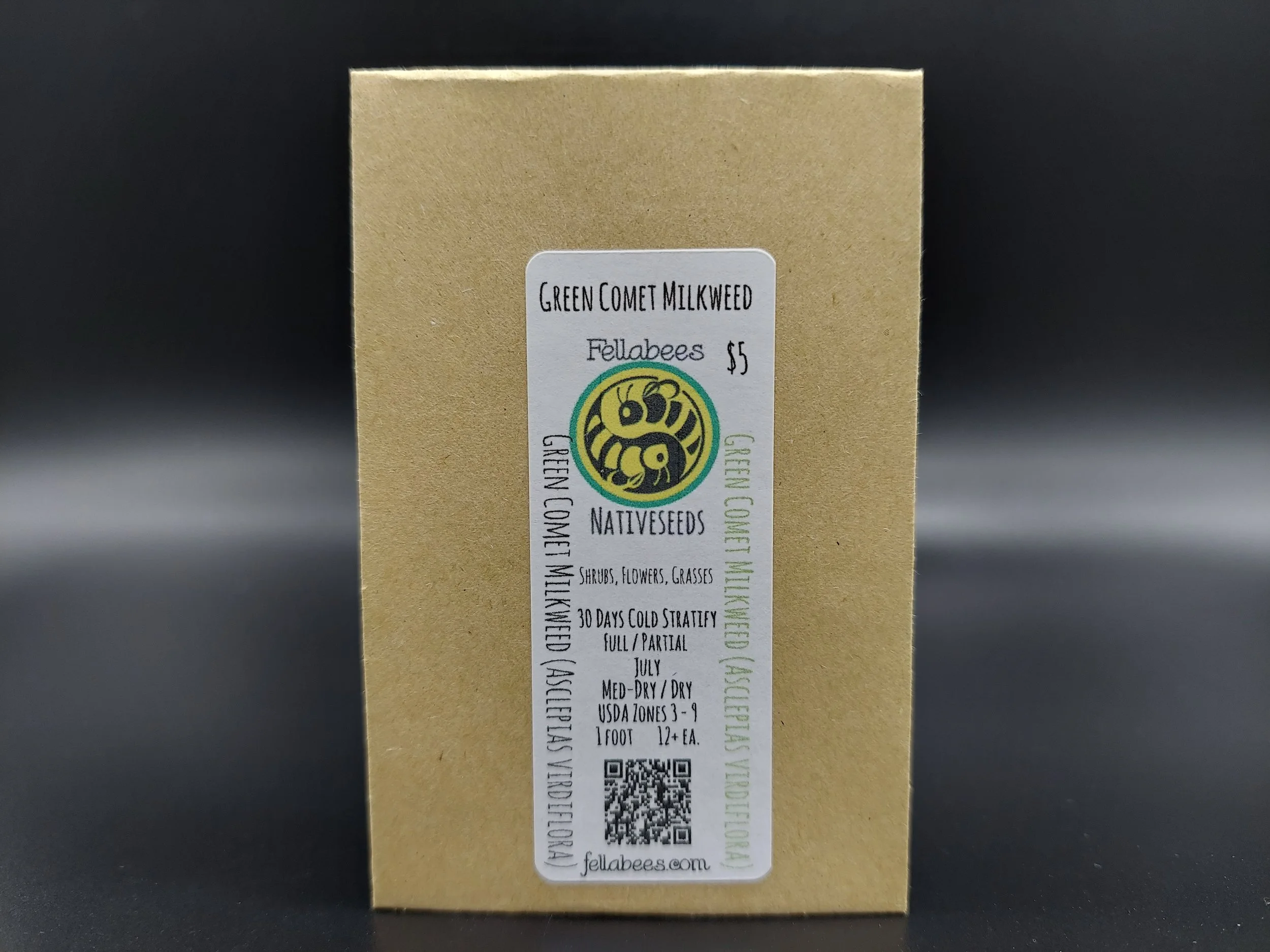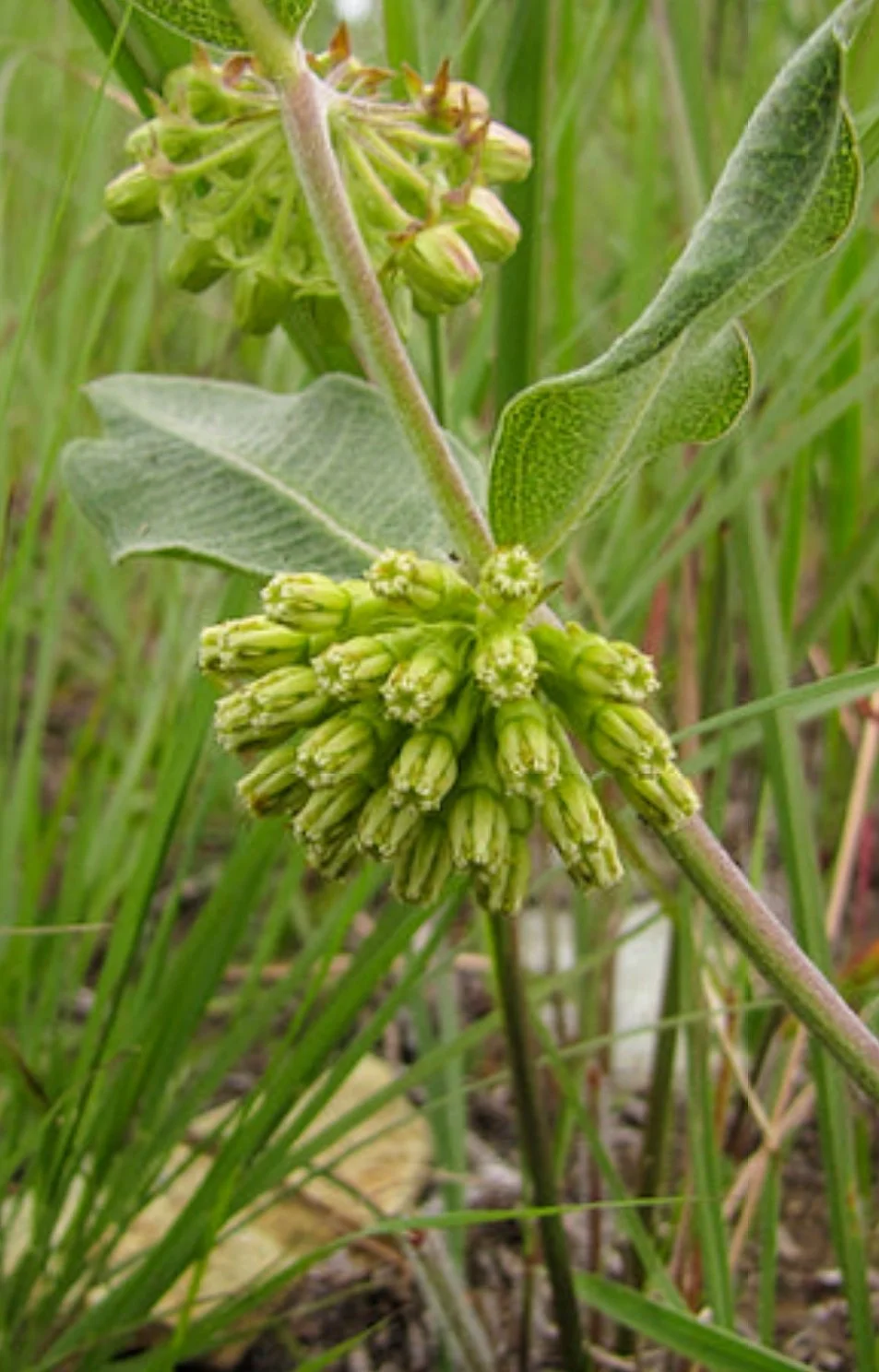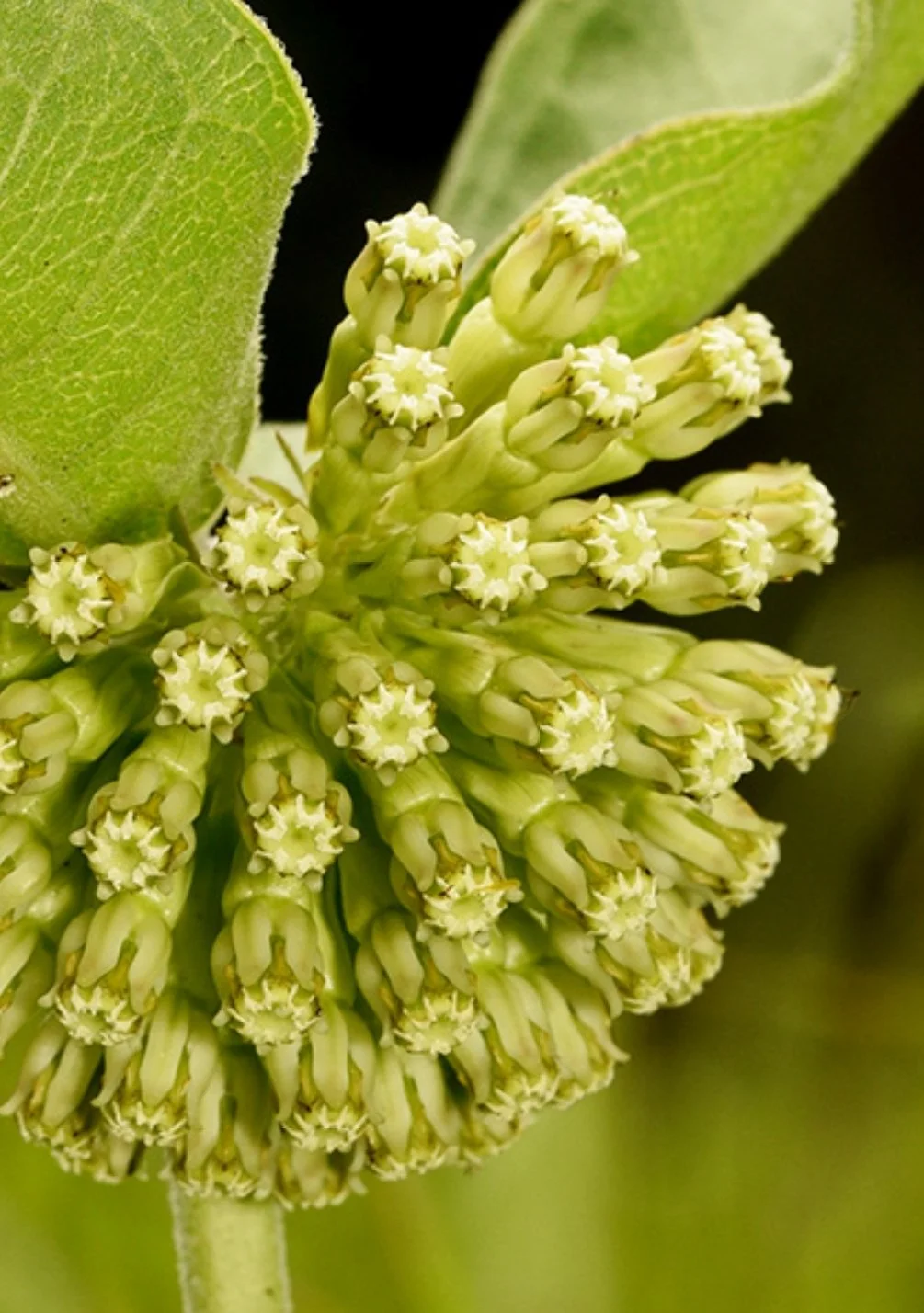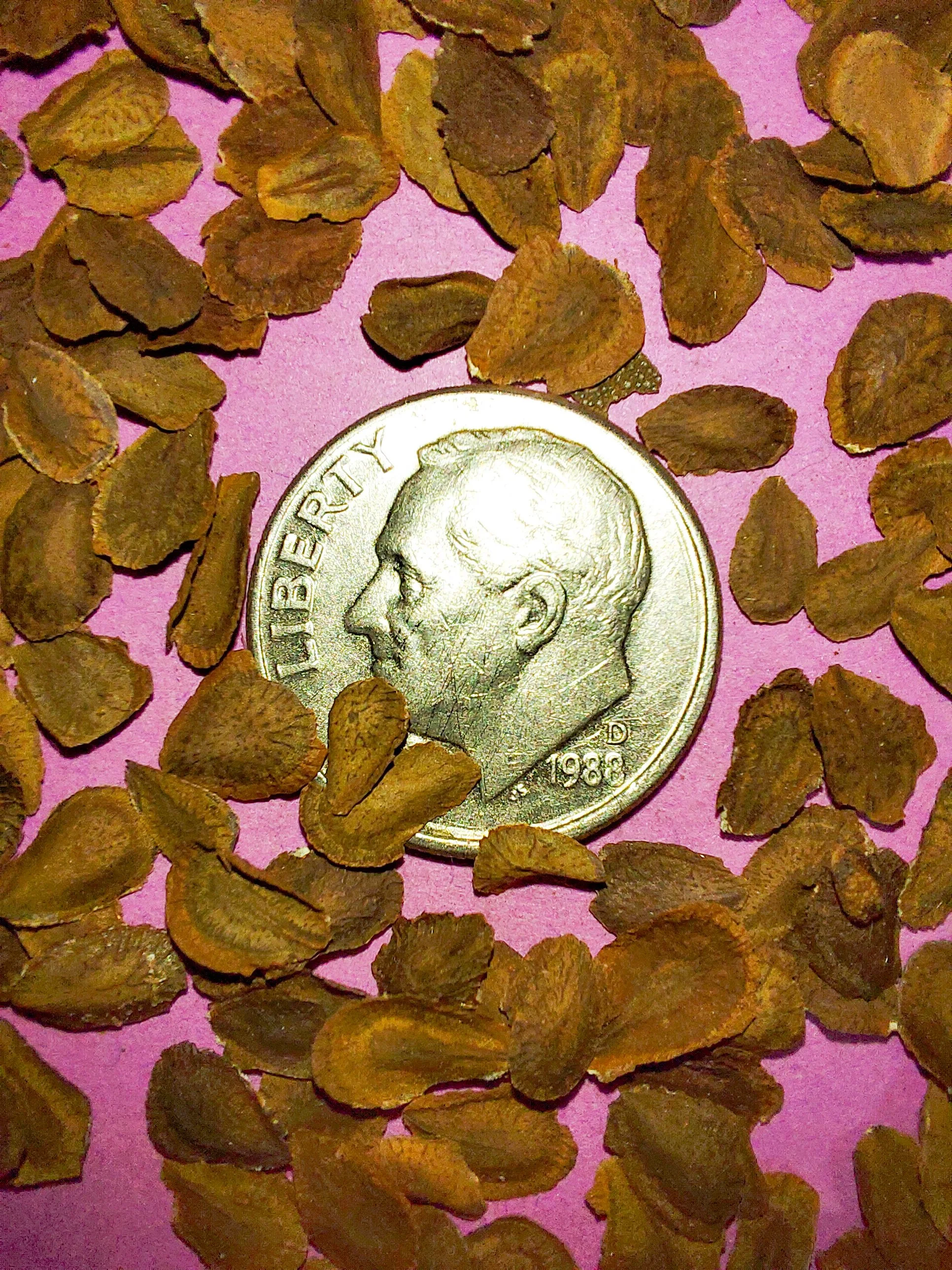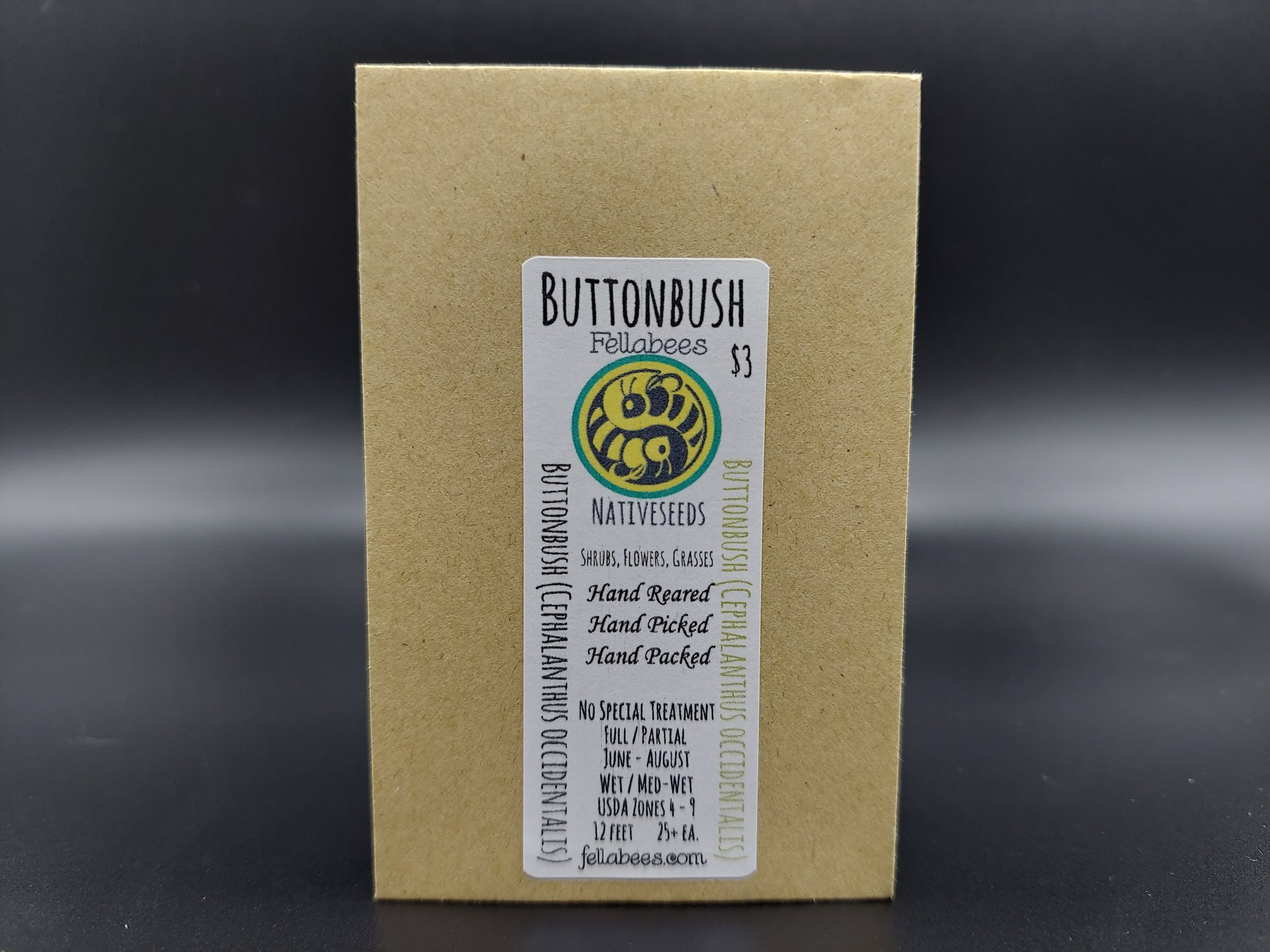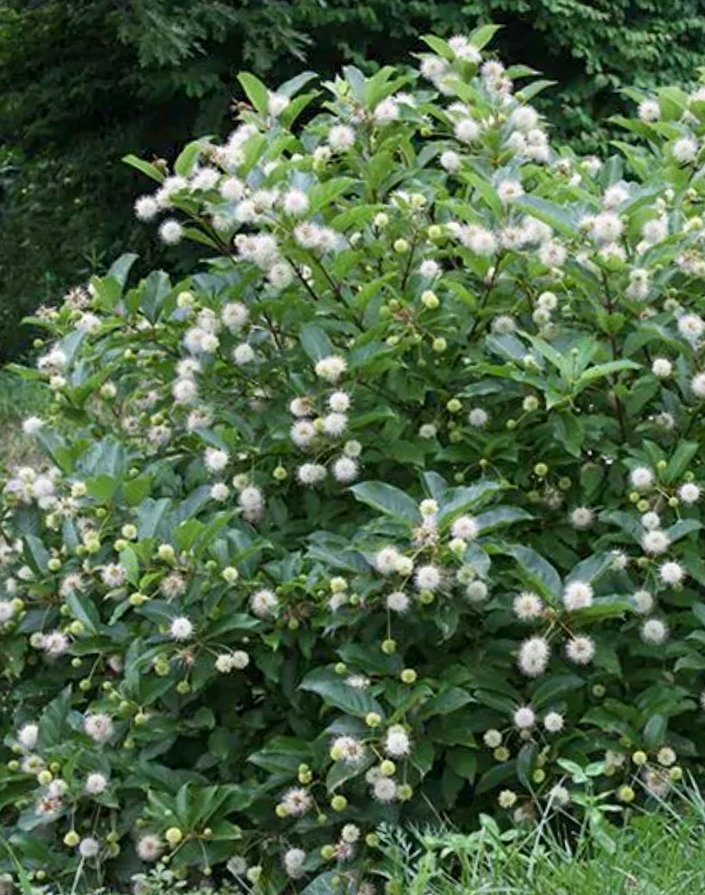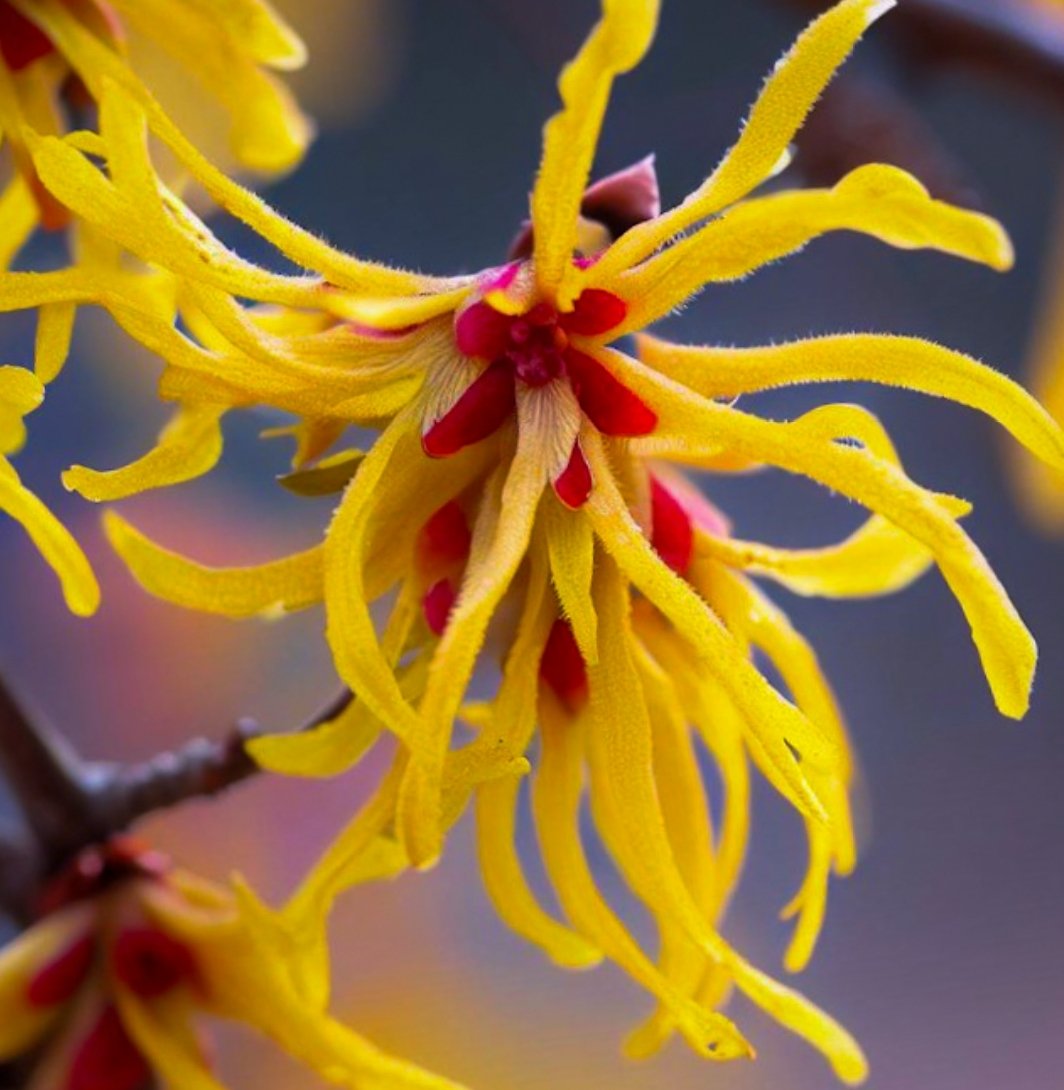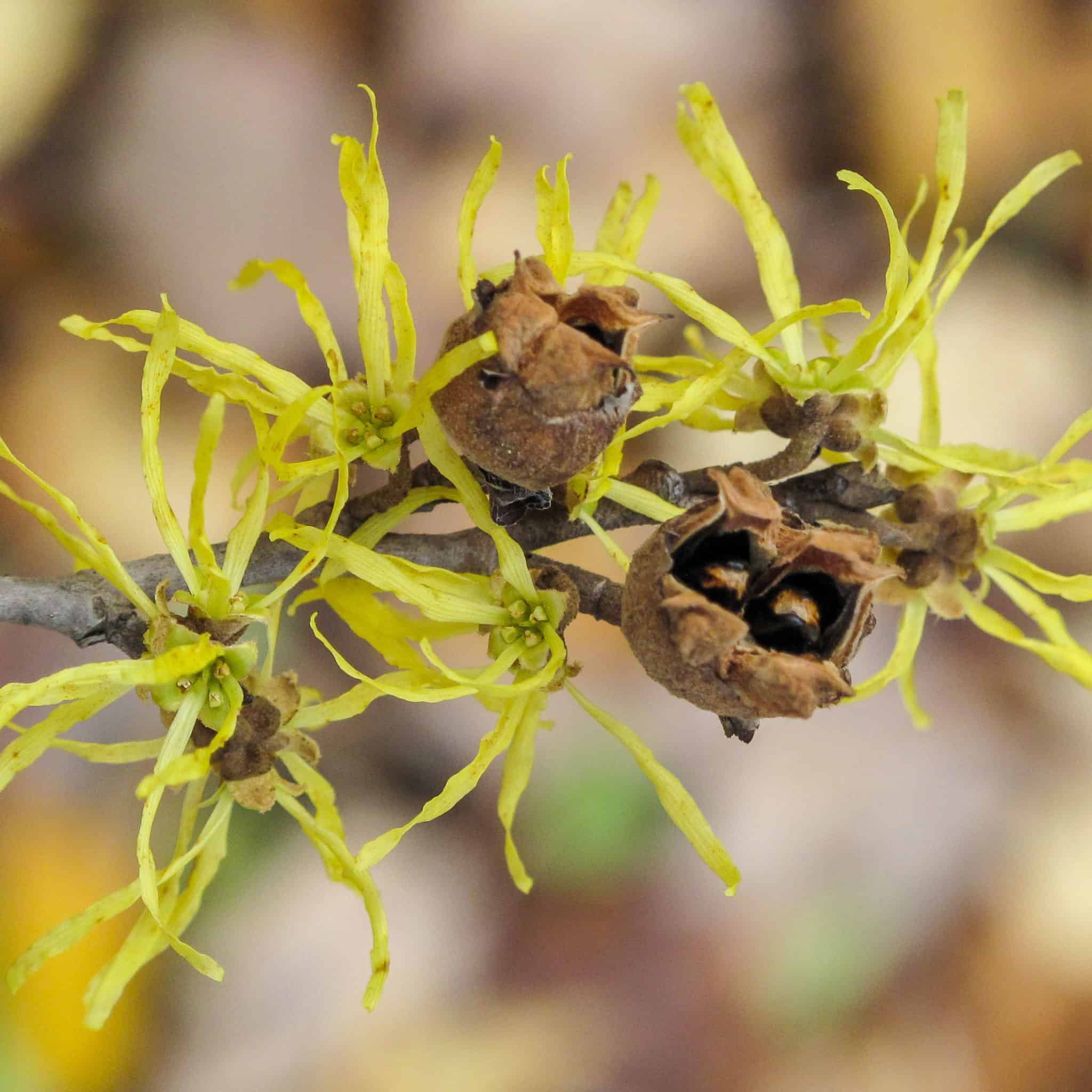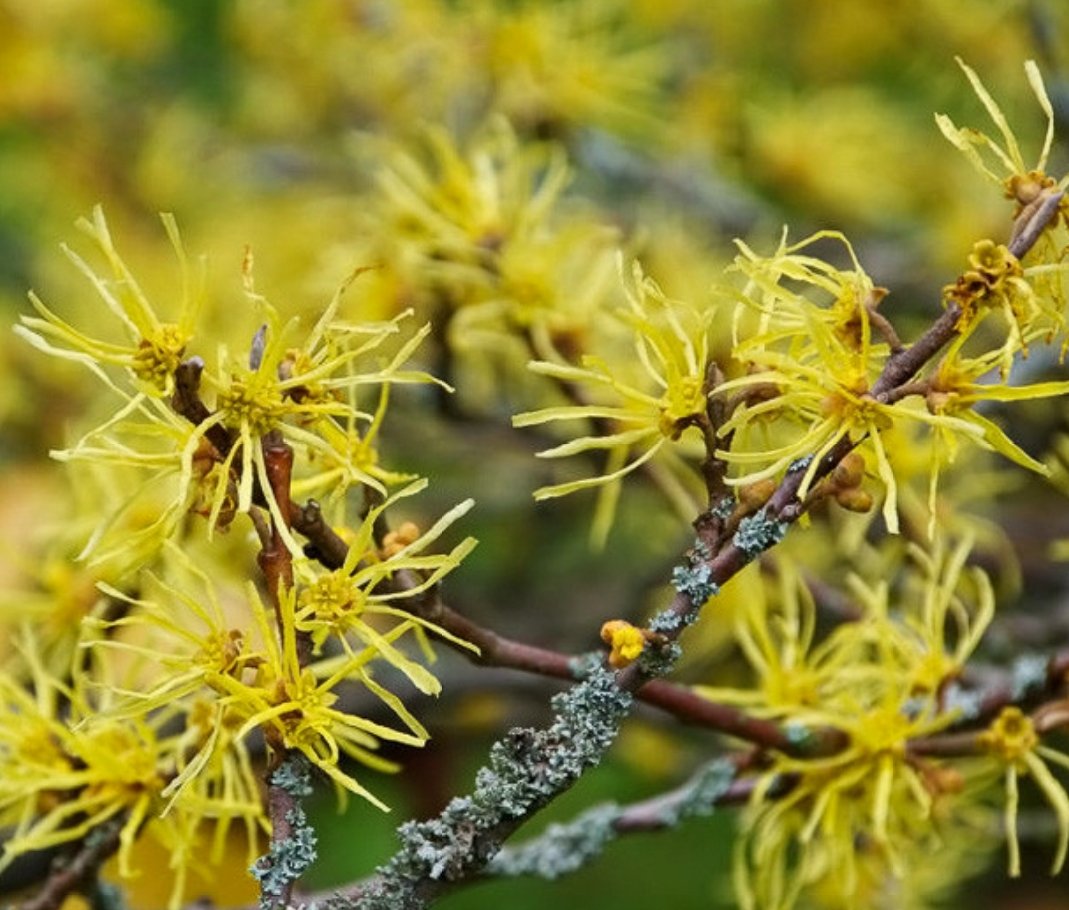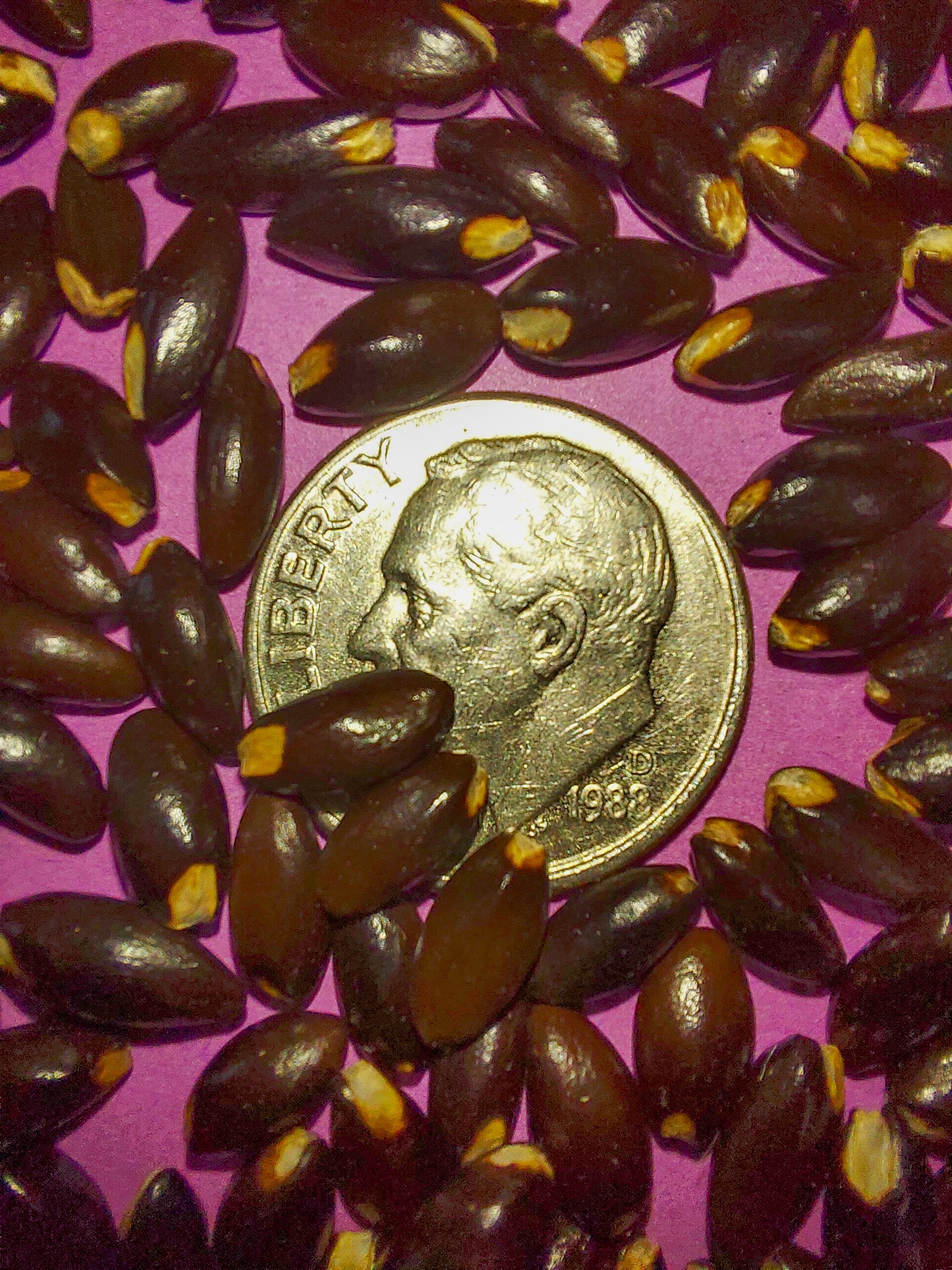 Image 1 of 5
Image 1 of 5

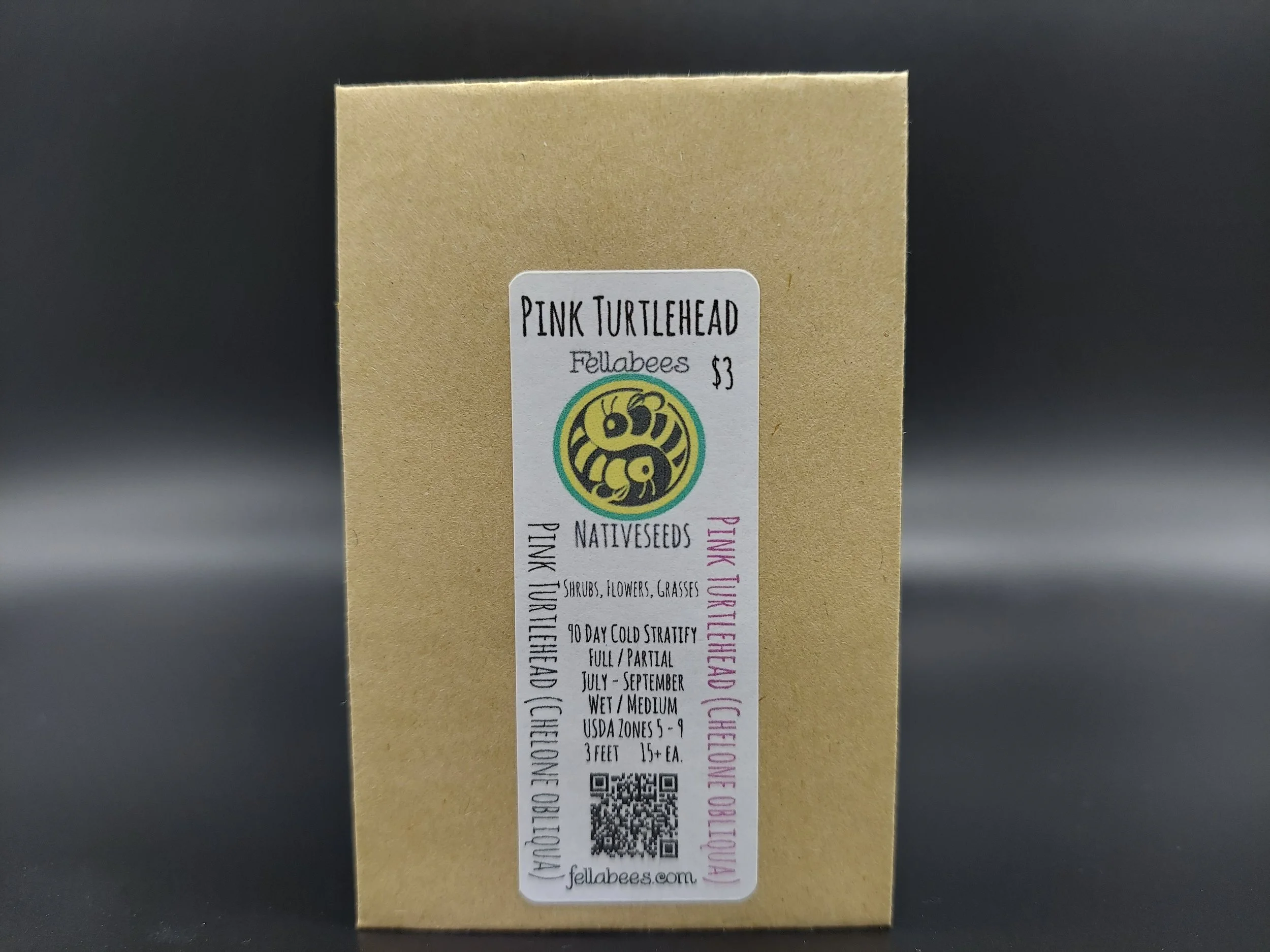 Image 2 of 5
Image 2 of 5

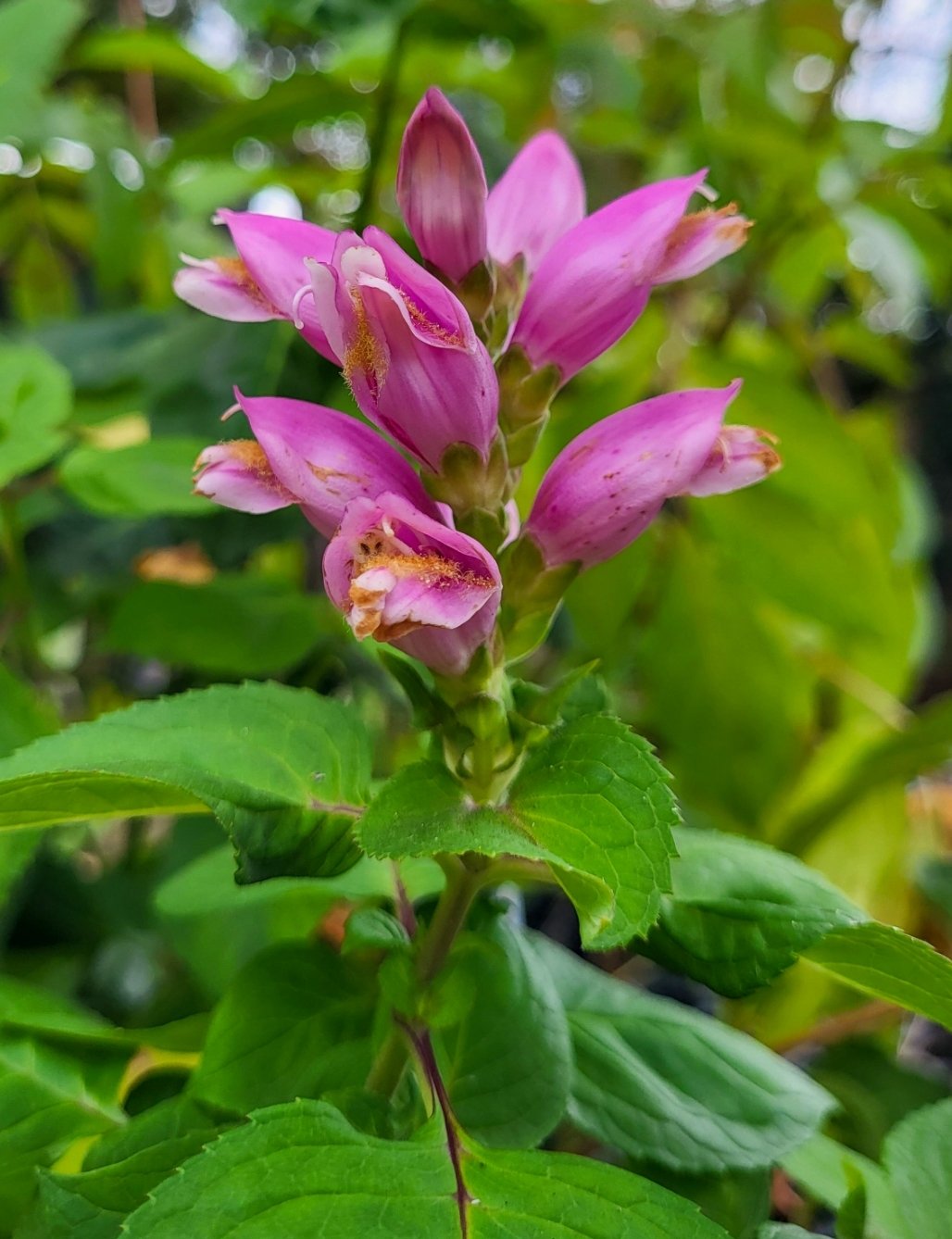 Image 3 of 5
Image 3 of 5

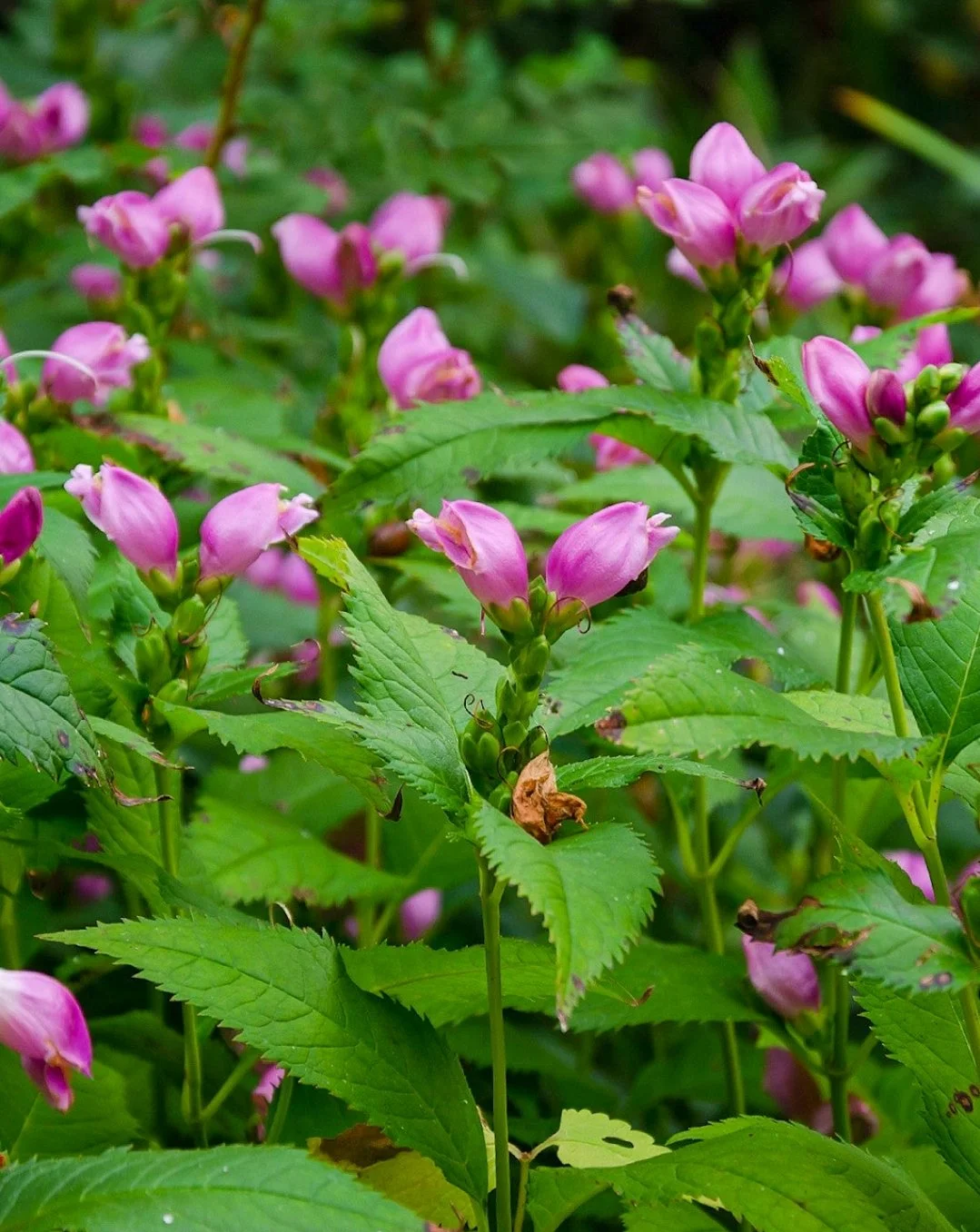 Image 4 of 5
Image 4 of 5

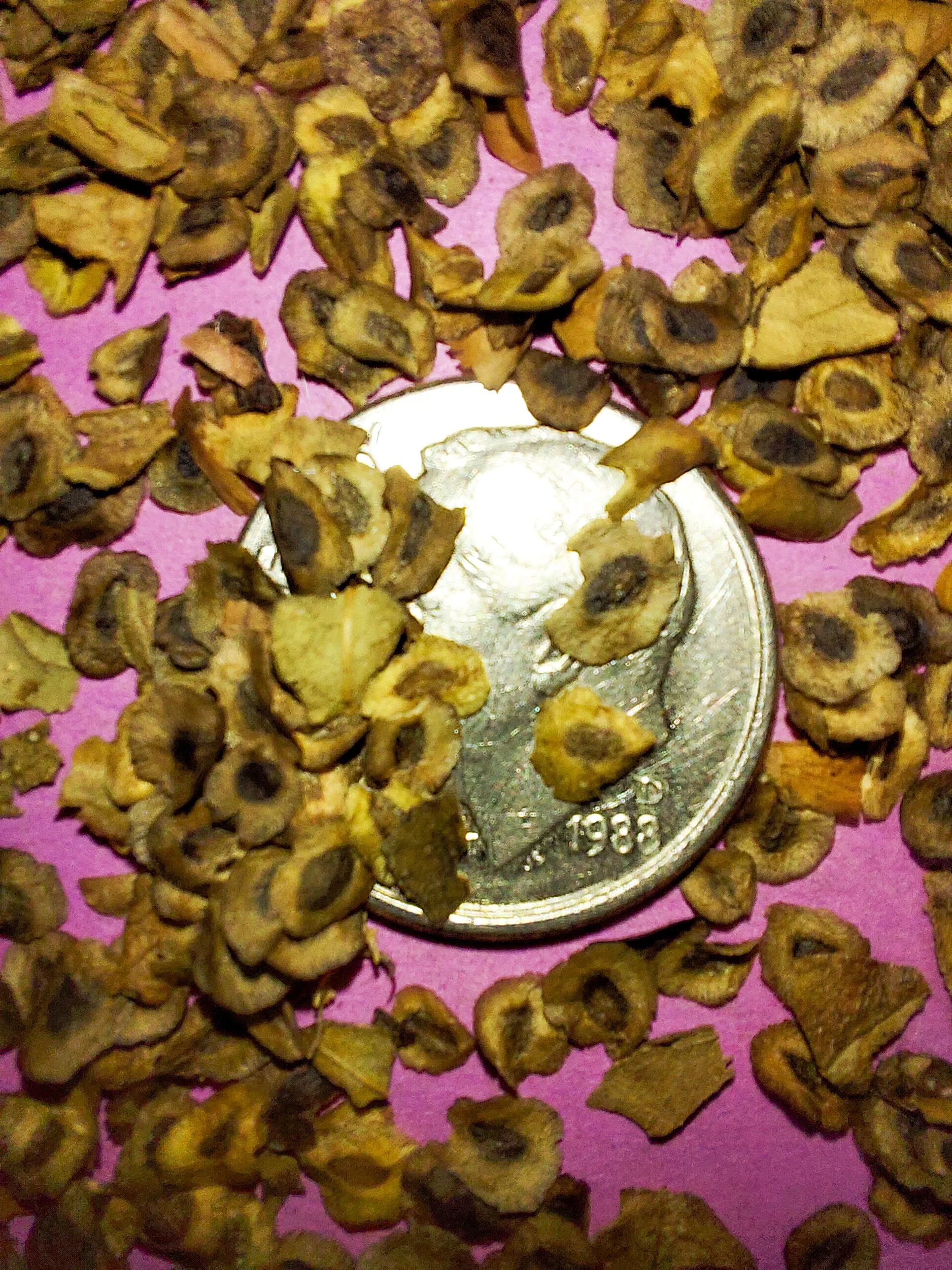 Image 5 of 5
Image 5 of 5






Pink Turtlehead (Chelone obliqua)
Pink Turtlehead (Chelone obliqua)
Chelone obliqua is the scientific name for the native species more commonly known as Pink Turtlehead, Red Turtlehead, or Rose Turtlehead. This perennial flowering plant belongs to the Plantaginaceae family. It is a rare and uncommon wildflower that is endemic to the United States, primarily found in the Midwestern and Southeastern regions. The three common names for this plant derive from the typical bloom colors, which are shades of pink, red, and rose. However, the flowers may also appear in other colors, including purple or white. When in full bloom, the unique shape of the flower is said to closely resemble the head of a turtle, giving the plant its distinctive name.
Pink Turtlehead thrives best when planted in moist to wet, nutrient-rich soils, ideally in locations that receive full sun to partial shade. This resilient plant is tolerant of heavier clay soils and particularly benefits from the addition of leaf mulch when grown in areas exposed to full sunlight, as this helps prevent the soil from drying out too quickly. Pink Turtlehead is adaptable to a wide range of soil pH levels, including neutral, alkaline, or acidic conditions. For these reasons, it is most commonly found growing naturally in moist woodlands, swampy habitats, and along the edges of streams and other water bodies.
Pink Turtlehead is becoming an increasingly rare wildflower to find growing naturally in the wild and is considered threatened or endangered in many states within its historic native range. In particular, populations of Pink Turtlehead face significant threats in Maryland, Missouri, and North Carolina. The species is officially listed as endangered in Kentucky and Arkansas, while it is critically imperiled in Michigan, Iowa, Tennessee, and Alabama. Additionally, Pink Turtlehead has been declared extirpated, meaning locally extinct, in Georgia and Mississippi. Outside its native range, introduced, non-native populations of Pink Turtlehead have been observed in Massachusetts.
Plant Details:
USDA Zones: 5-9
Germination Needs: Needs 90 Days of Cold-Moist Stratification.
Life Cycle: Perennial
Sun Exposure: Full to Partial
Soil Moisture: Wet, Medium-Wet, Medium
Plant Spacing: 1-2 feet
Height: 3 feet
Bloom time: July, August, September
Bloom Color: Pink
Advantages:
Pollinator Favorite: butterflies, moths, bees, wasps, beetles
Bird Favorite: seeds, insects, fruit, nectar, nesting, perches.
Deer Resistant: Yes
Native to: Minnesota, Iowa, Illinois, Indiana, Michigan, Maryland, Virginia, Kentucky, Tennessee, North Carolina, South Carolina, Georgia, Alabama, Mississippi, Arkansas and Missouri.
This species is considered present but rare in several counties of the states of Indiana, Michigan, Maryland, Virginia, Kentucky, Tennessee, North Carolina, South Carolina, Georgia, Alabama and Missouri.
Pink Turtlehead is considered to be extirpated (locally extinct) in several counties of the states of Iowa, Arkansas and Mississippi.
This species is introduced and now present in Massachusetts outside of its known historical native range.
Seed Count: 15+
.
.
Packet quantities:
We pride ourselves on ethical, hands on, ecological management, using no mechanical or chemical methods whatsoever.
All of our native seed is hand reared, hand-picked, and hand packed from native prairies under our exclusive management, never breaking chain of custody from the field until it is sent to you. Each packet is hand prepared for shipment by us, directly.
Small seed species will contain greater than 20-25 seed
Large seed species will contain greater than 10-15 seed
All packets are individually marked at the bottom of the front label with expected count, however most if not all packets will have many more than the minimum count by default.
It is our mission to spread the wealth of native plant and pollinator ecological sustainability and educate back yard gardeners as well as corporate and government entities in how to germinate, grow, and benefit from native synergies.
Thank you for your support, it is because of you, that we can grow together to do, what we do. 🐛🦋🐝🐞🌾🌱🌼🧡
Pink Turtlehead (Chelone obliqua)
Chelone obliqua is the scientific name for the native species more commonly known as Pink Turtlehead, Red Turtlehead, or Rose Turtlehead. This perennial flowering plant belongs to the Plantaginaceae family. It is a rare and uncommon wildflower that is endemic to the United States, primarily found in the Midwestern and Southeastern regions. The three common names for this plant derive from the typical bloom colors, which are shades of pink, red, and rose. However, the flowers may also appear in other colors, including purple or white. When in full bloom, the unique shape of the flower is said to closely resemble the head of a turtle, giving the plant its distinctive name.
Pink Turtlehead thrives best when planted in moist to wet, nutrient-rich soils, ideally in locations that receive full sun to partial shade. This resilient plant is tolerant of heavier clay soils and particularly benefits from the addition of leaf mulch when grown in areas exposed to full sunlight, as this helps prevent the soil from drying out too quickly. Pink Turtlehead is adaptable to a wide range of soil pH levels, including neutral, alkaline, or acidic conditions. For these reasons, it is most commonly found growing naturally in moist woodlands, swampy habitats, and along the edges of streams and other water bodies.
Pink Turtlehead is becoming an increasingly rare wildflower to find growing naturally in the wild and is considered threatened or endangered in many states within its historic native range. In particular, populations of Pink Turtlehead face significant threats in Maryland, Missouri, and North Carolina. The species is officially listed as endangered in Kentucky and Arkansas, while it is critically imperiled in Michigan, Iowa, Tennessee, and Alabama. Additionally, Pink Turtlehead has been declared extirpated, meaning locally extinct, in Georgia and Mississippi. Outside its native range, introduced, non-native populations of Pink Turtlehead have been observed in Massachusetts.
Plant Details:
USDA Zones: 5-9
Germination Needs: Needs 90 Days of Cold-Moist Stratification.
Life Cycle: Perennial
Sun Exposure: Full to Partial
Soil Moisture: Wet, Medium-Wet, Medium
Plant Spacing: 1-2 feet
Height: 3 feet
Bloom time: July, August, September
Bloom Color: Pink
Advantages:
Pollinator Favorite: butterflies, moths, bees, wasps, beetles
Bird Favorite: seeds, insects, fruit, nectar, nesting, perches.
Deer Resistant: Yes
Native to: Minnesota, Iowa, Illinois, Indiana, Michigan, Maryland, Virginia, Kentucky, Tennessee, North Carolina, South Carolina, Georgia, Alabama, Mississippi, Arkansas and Missouri.
This species is considered present but rare in several counties of the states of Indiana, Michigan, Maryland, Virginia, Kentucky, Tennessee, North Carolina, South Carolina, Georgia, Alabama and Missouri.
Pink Turtlehead is considered to be extirpated (locally extinct) in several counties of the states of Iowa, Arkansas and Mississippi.
This species is introduced and now present in Massachusetts outside of its known historical native range.
Seed Count: 15+
.
.
Packet quantities:
We pride ourselves on ethical, hands on, ecological management, using no mechanical or chemical methods whatsoever.
All of our native seed is hand reared, hand-picked, and hand packed from native prairies under our exclusive management, never breaking chain of custody from the field until it is sent to you. Each packet is hand prepared for shipment by us, directly.
Small seed species will contain greater than 20-25 seed
Large seed species will contain greater than 10-15 seed
All packets are individually marked at the bottom of the front label with expected count, however most if not all packets will have many more than the minimum count by default.
It is our mission to spread the wealth of native plant and pollinator ecological sustainability and educate back yard gardeners as well as corporate and government entities in how to germinate, grow, and benefit from native synergies.
Thank you for your support, it is because of you, that we can grow together to do, what we do. 🐛🦋🐝🐞🌾🌱🌼🧡
